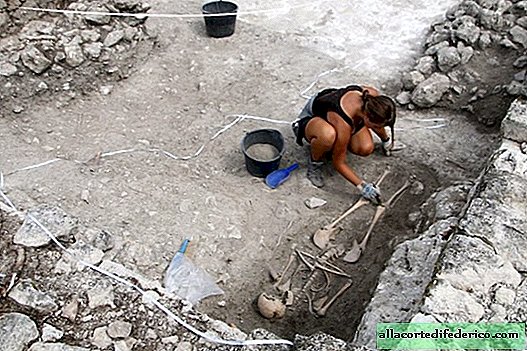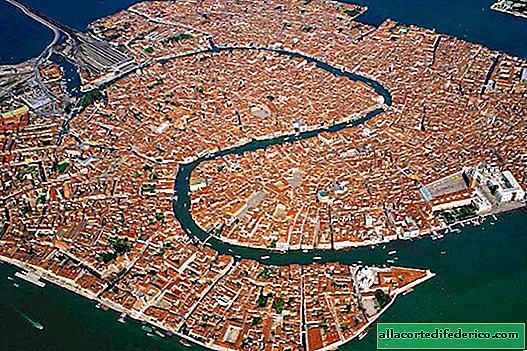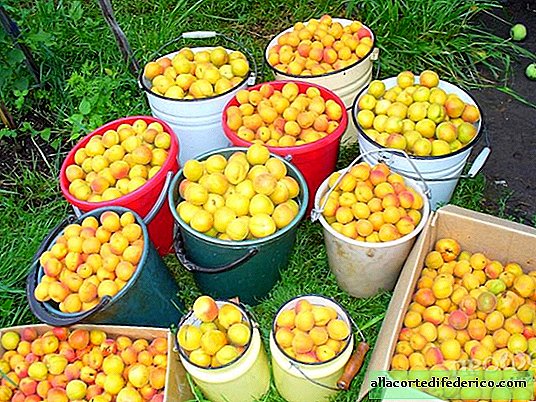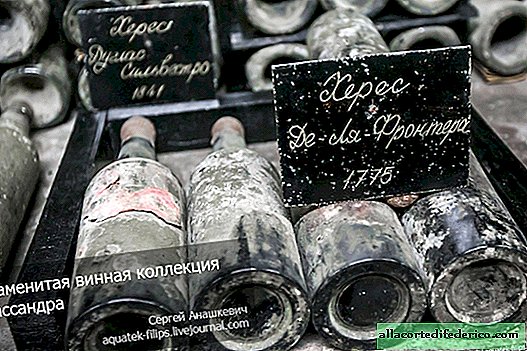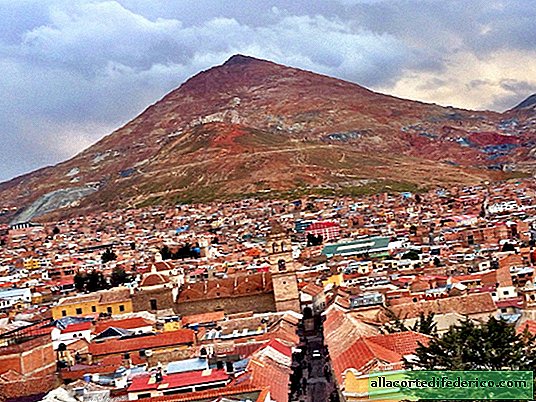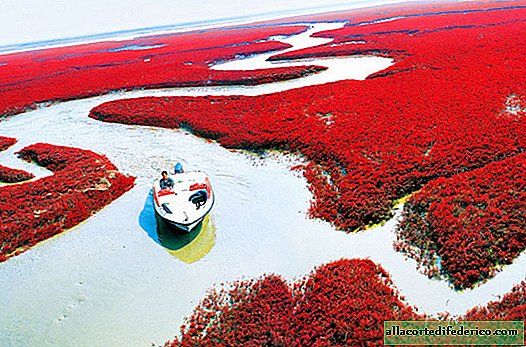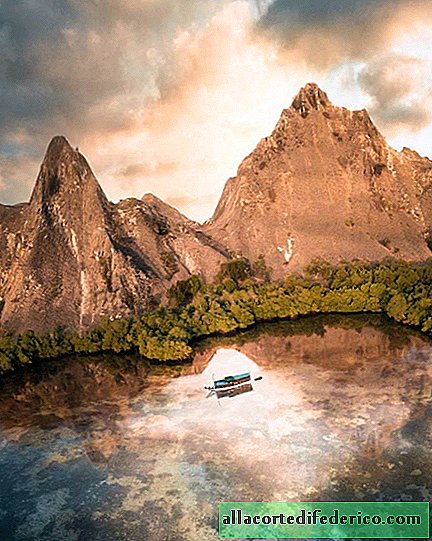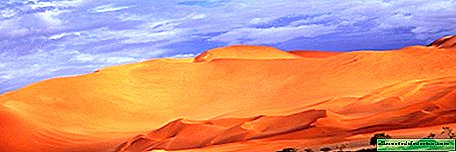The Sahara Desert has the largest underground freshwater reserves in the world.
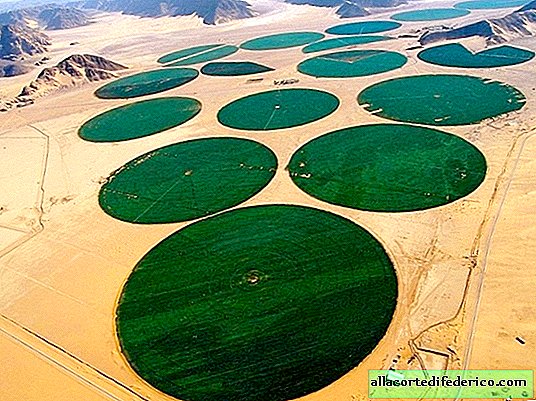
The Nubian aquifer is located in the northeast of the Sahara Desert in four states: Libya, Sudan, Chad and Egypt. There are aquifers in many parts of the Sahara, but it is in this area that they have increased productivity, which allows for the active extraction of water. Estimated water reserves contained in a layer of ferruginous sandstone are about 150,000 cubic meters. km Most of the Nubian aquifer is located in Libya, which has been producing underground water since the 70s of the last century.

The Kufra region is a prime example of how desert life can change when water appears in it. Fifty years ago, before water began to be extracted here from the Nubian underground horizon, the Kufra oasis was a small settlement through which trade routes passed from the central part of the mainland to the Mediterranean coast. But with the advent of water, everything has changed. Today, Kufra is the largest agricultural region not only in Libya, but throughout the Sahara. Numerous irrigated fields with a diameter of about 1 kilometer are clearly visible in the pictures of this part of the Sahara.

In addition to Kufrah, Libya managed to implement another project related to the Nubian aquifer, which was called the Great Man-Made River. This is a grandiose water supply system that delivers water from underground horizons from the south to the north. Here, on the Mediterranean coast are the largest Libyan cities - Tripoli, Garyan, Benghazi, which also need fresh water. A grandiose irrigation project, including a network of wells, water pipes and reservoirs, was recognized as one of the largest in the history of mankind.

Not so long ago, Egypt, which also feels the need for additional volumes of fresh water, joined the development of the Nubian aquifer in its territory. Groundwater in this country is also used for the needs of agriculture and the organization of an irrigated agriculture system.

The Sahara Desert has enough heat to grow a wide range of crops. But everything rests against the lack of water, because precipitation in this region is negligible. But if you extract underground water, which is quite a lot in this region, then you can turn the desert into a blooming oasis. But, unfortunately, not all countries can afford it, because for the extraction of groundwater it is necessary to have certain technical capabilities and material resources.


